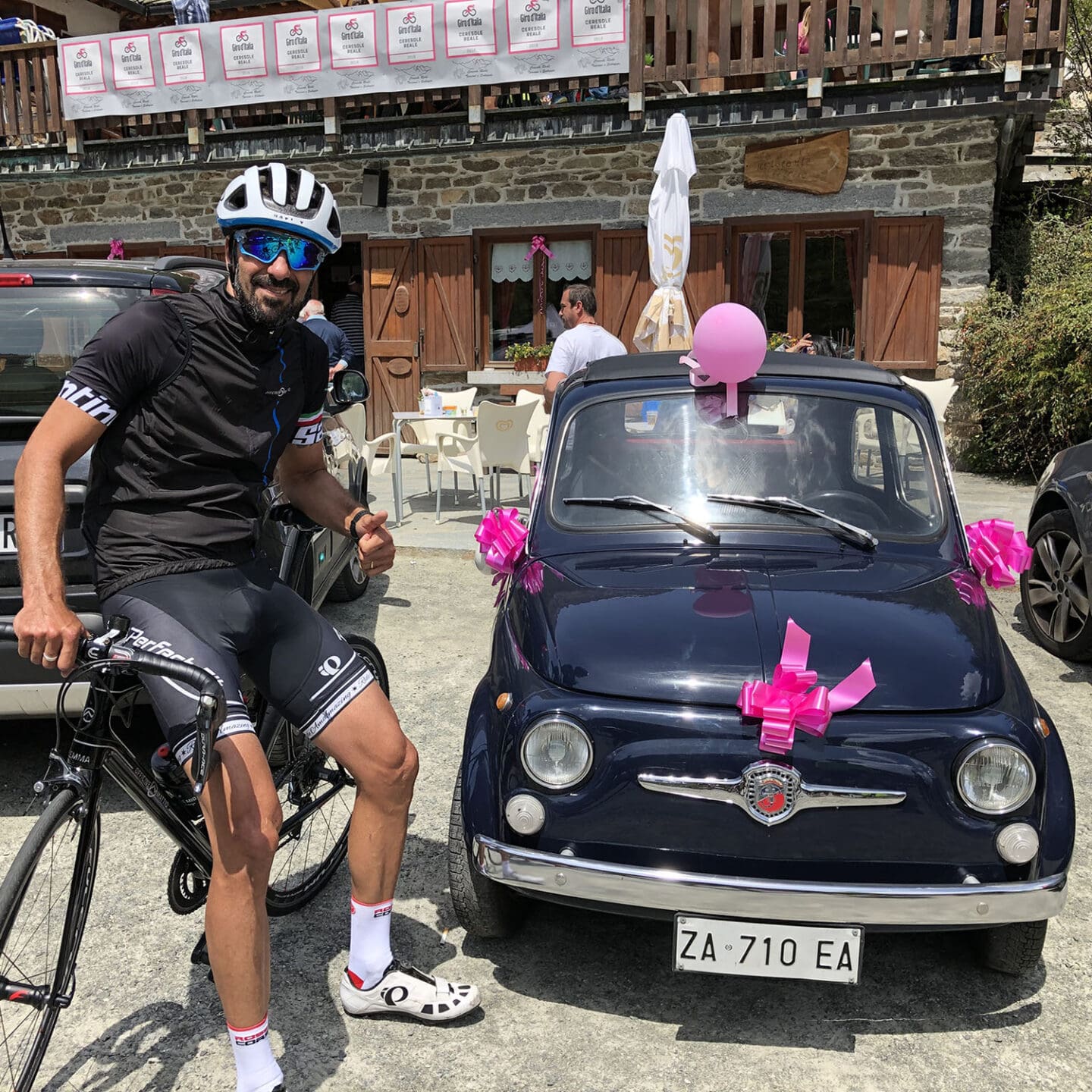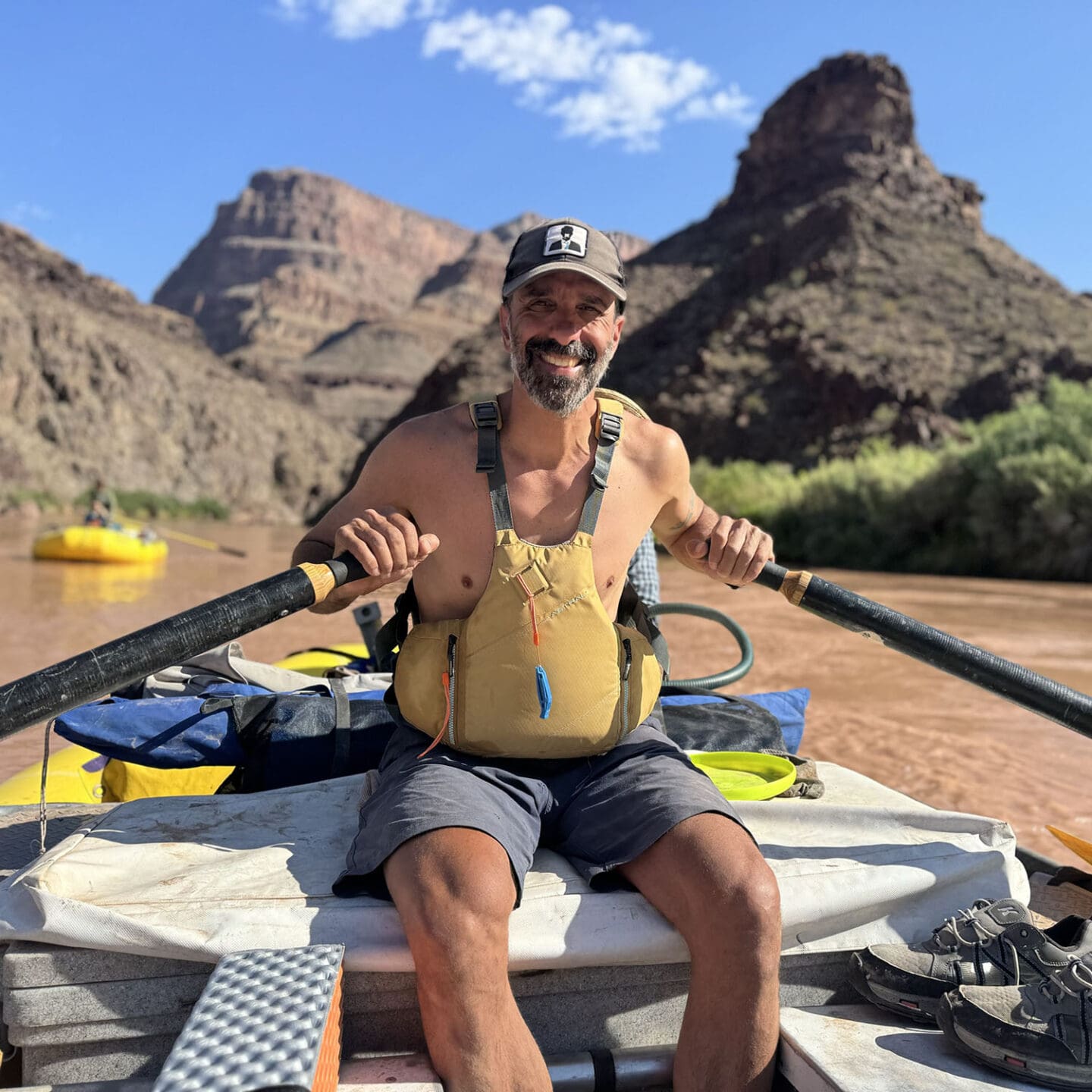“Transportation planning is both an art and a science, and we need creativity as much as technical rigor.”
We’re an interconnected nationwide team, but we each have our own reasons for being passionate about the work we do. This month, get to know Franco Saraceno, principal planner in our Tampa office.
What’s your background and how did you end up at Kittelson?
My undergraduate degree is in philosophy, mostly because I didn’t know what I wanted to do, but I enjoyed the subject. At the time it felt like a silly path, but later I realized how much it taught me about critical thinking and writing, which have been very useful in my career. I went on to earn a master’s in Urban and Regional Planning because I had a strong interest in environmental ethics. After working two years for a small city near where I grew up in Tampa, I switched to consulting. Kittelson is the third stop in my consulting career, and definitely the last. I started at a 2,000+ person engineering firm that only did a little planning, then moved to a 30-person firm that only did planning, and finally found my way to the “best porridge in the land” at Kittelson. I love that we do both planning and engineering, and that our work reflects our company values. Too many consulting firms don’t care much about values, apart from the value of profit. If I ever leave Kittelson, it will mean I’m retiring or pursuing a completely different career path.
Outside of work, I love to spend time with my family. I have two children, one in college and one in high school. I also enjoy boating, fishing, wakeboarding, cycling, running, and swimming. In a few weeks, I’ll begin building my first boat (a wooden dory) with my father.


How has your perspective as a runner, cyclist, and father influenced the way you think about multimodal planning?
I’ve spent countless hours running, biking, and walking with my children on the streets of Pinellas County, where we live. Fortunately, there are ample trails and low-traffic roadways suitable for recreation. But a close friend of mine was killed on her bicycle two years ago on a road I ride regularly. So multimodal safety is deeply personal to me, both for myself and my children, and professionally as a planner.
I believe in not just providing safe places for recreation, but also ensuring safe and comfortable access to community destinations, especially for people who don’t have access to a car. From an engineering standpoint, this isn’t complicated. The real challenge is overcoming the car-centric culture that dominates public opinion.
One example: my neighbor, a triathlete, was vehemently opposed to St. Petersburg’s first Complete Street project, right on the arterial roadway where he had once been nearly killed while cycling. The project narrowed the roadway from four lanes to three, added buffered bike lanes, and built protected crossings. The documented impact was just 90 seconds of additional vehicle travel time. Saving lives is worth those 90 seconds. As a cyclist, runner, pedestrian, and father, I owe it to myself, my family, and my community to help overcome this challenge.
You look at planning as both an art and a science. Can you expand on how creativity and technical rigor come together in your work?
The scientific side of planning is about data and analysis: quantifying problems and weighing the impacts and benefits of potential solutions. But that’s just one part of what we do. Public opinion, politics, and bureaucracy are always in the mix. Transportation professionals also need to tell stories, visualize data, and build consensus. Sometimes that means compromising on the “best” technical solution to balance competing interests. Creativity, interpersonal skills, and open-mindedness are essential complements to technical rigor.


What has been one of the most rewarding or memorable projects you’ve worked on in your career?
I’ve worked on many memorable projects over the past 24 years, but I especially enjoy when I get to challenge conventional approaches. On a recent Congestion Management Plan (CMP) I managed, we took a fresh angle. Traditionally, CMPs are formulaic: identify congestion hotspots and propose fixes. Our methodology incorporated multimodal considerations. The central premise was that congestion can actually provide value in places with high bike and pedestrian activity, since slower speeds improve safety. We used data to identify those areas and applied an analytical framework to determine where congestion should be mitigated and where it should be embraced for multimodal mobility. We even subtitled the plan “Putting Congestion in Context,” a play on the concept of Context Sensitive Solutions.
What trends or innovations in transportation excite you most?
New data and new tools to process it. Early in my career, we relied on segment-level traffic counts and occasional origin-destination data. Now we have enormously rich datasets that help us relate transportation performance to actual trip-making, instead of relying only on symptomatic data like congestion or crash records. These insights open limitless new ways to understand travel behavior and design better solutions.
Fast Lane Facts:
Favorite Tampa restaurant?
If you weren’t a planner, what would you be?
A starving, but maybe hopefully professional triathlete.
What’s a hidden talent or fun fact of yours?
I can catch a lizard with a long piece of grass—a trick my dad taught me in his hometown in Italy, which I’ve since used in the Grand Canyon!
Dream cycling destination?
France, of course!
